Malvern: History of 3144, Glenferrie Road, Malvern Central
It’s the leafy suburb where the Governor and several Prime Ministers used to live and where a famous Australian bike manufacturer was born. Now it’s most popular for its shopping strips. Here’s a look at postcode 3144.
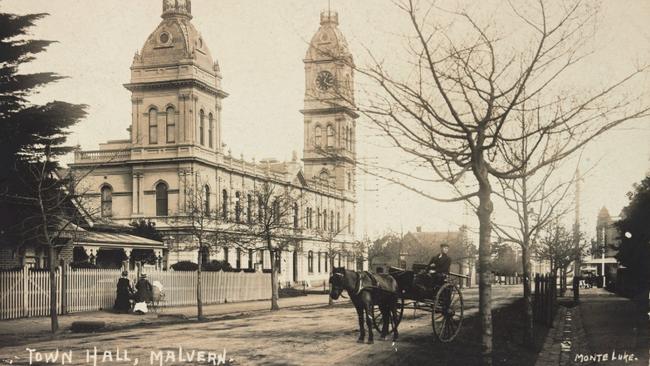
Inner East
Don't miss out on the headlines from Inner East. Followed categories will be added to My News.
The leafy inner city suburb of Malvern is known for its beautiful tree-lined streets, large homes, popular shopping strip and stunning town hall.
Bordered by Gardiners Creek and Dandenong, Glenferrie and Tooronga roads, it’s a wealthy residential area with strong English roots, generous public gardens and a heritage-listed tram depot.
The area itself was first settled in the 1830s, around the time Melbourne was, but it didn’t become Malvern for more than 20 years.
The land was part of an area known as Gardiners Creek until it was bought and subdivided by an English barrister in 1853.
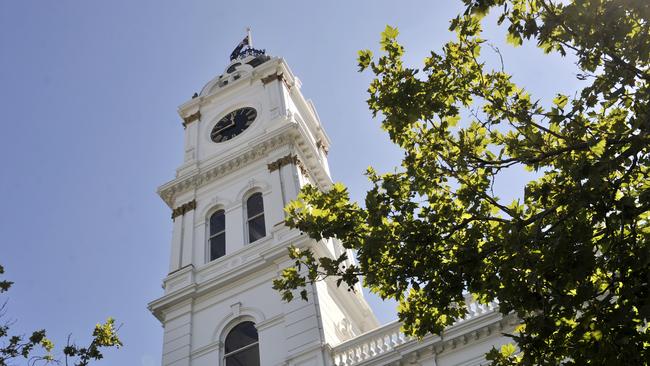
He named the land Malvern Hill Estate after England’s Malvern Hills, the home of his ancestors.
By the 1880s Malvern was already known for its fine homes situated on sizeable pieces of land decorated with beautiful gardens — much as it is now.
During that time Malvern’s impressive white town hall, which is now the home of the City of Stonnington and Malvern Library, was built, and not longer after, in 1890, the heritage-listed Stonnington mansion on Glenferrie Rd was built.
The striking building was a private home until it became the home of the Governor of Victoria in 1901.
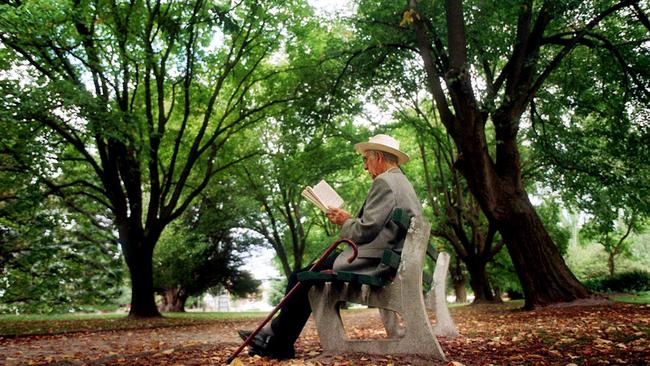
Malvern has proven to be a breeding ground for political figures with prime ministers, governors, premiers and lord mayors all living in the suburb.
Some notables from Malvern have included Prime Ministers Harold Holt and Sir Robert Menzies, former premier Lindsay Thompson, former governor of Victoria John Landy and former Lord Mayor and Victorian Liberals leader Robert Doyle.
Holt famously drowned while swimming off Point Nepean in 1967, and ironically the suburb’s swimming complex, which is still standing after 50 years, was named in his honour two years later.
Just as the character of Malvern’s residential side has stood the test of time, its popular shopping strips have remained since the suburb’s beginning.
Glenferrie Rd and High St were first set out in 1954, but Glenferrie Rd was named Barkly Rd until 1872.
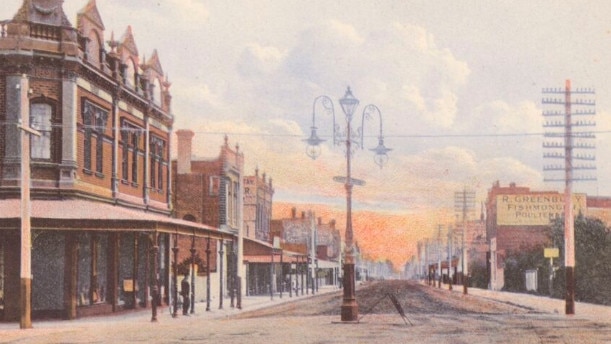
It immediately became home to market gardens, nurseries and a general store, and is where well known Australian bicycle manufacturer Malvern Star was born in 1902.
Malvern Central Shopping Centre was opened on the corner of Glenferrie and Wattletree roads in 1987, offering Safeway and specialty shops, and was upgraded in 2013 to get David Jones’ first Victorian village-style store.
Today the road and its surrounding streets offer more than 400 shops, restaurants, cafes and services.
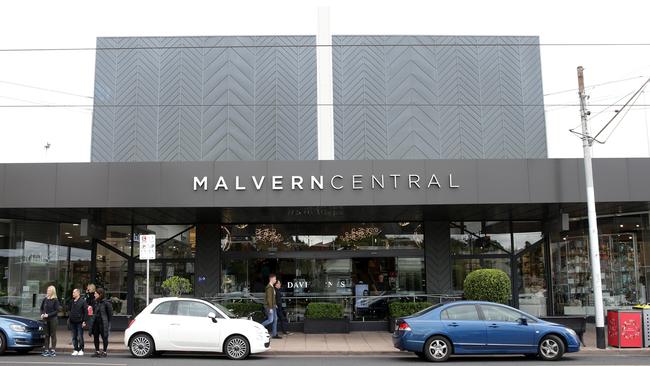
Unlike a number of Melbourne’s popular shopping strips, it allows drivers to park for free along and nearby Glenferrie Rd.
Right next to it is the heritage Malvern Tram Depot, which has been running since 1910
Built and initially run by The Prahran and Malvern Tramways Trust, it played a key role in facilitating Melbourne’s growth south of the Yarra River.
Malvern doesn’t feature any of the river itself, but it once had water flowing naturally through a spring in the charming Malvern Gardens.
The fountain built there used to flow naturally until it was interrupted by development.
The garden was designed by Thomas Pockett, who also designed Malvern East’s Central Park, and was behind much of the planting of Malvern’s stunning old street trees from 1888 to 1918.
A wine bar and cellars has been named after him, Tom Pockett Cellars, so people can toast to his superb work.
MORE:
ST KILDA: HISTORY OF POSTCODE 3182
ESSENDON: HISTORY OF POSTCODE 3040
MERNDA: HISTORY OF POSTCODE 3754
FERNTREE GULLY: HISTORY OF POSTCODE 3156
